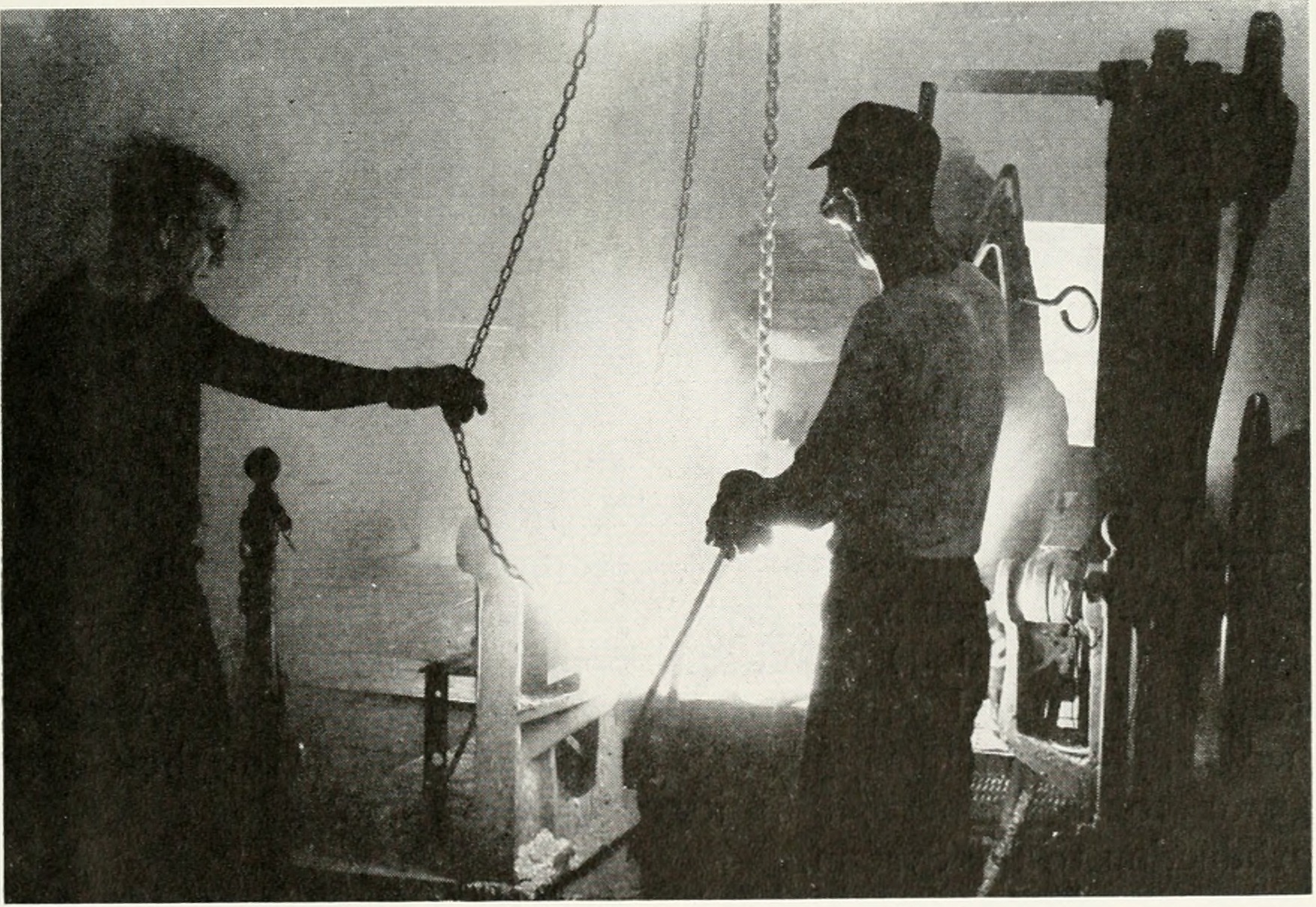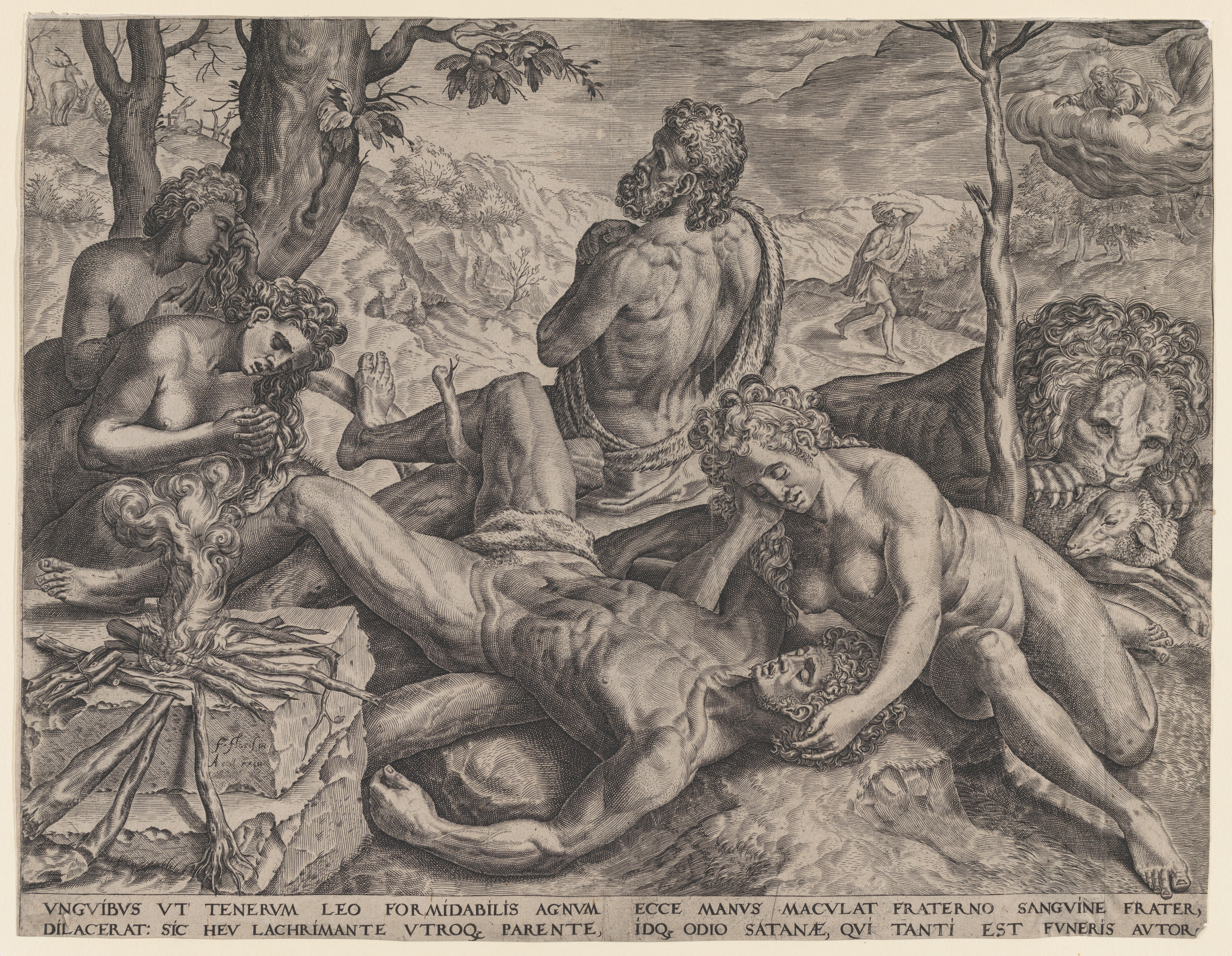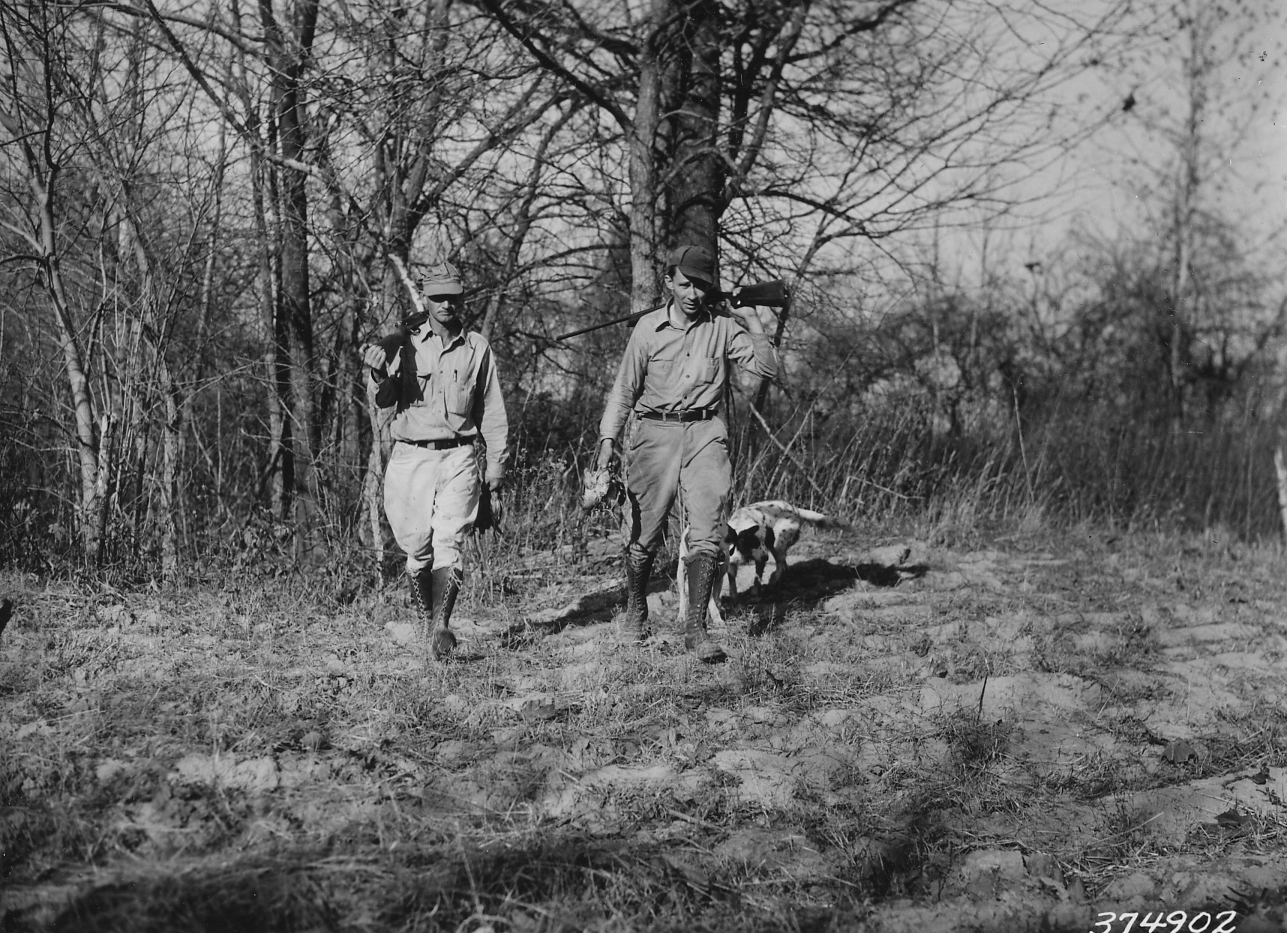10 Common Sayings With Shockingly Weird Backstories
Language is a living entity, constantly evolving and adapting to the whims of culture, society, and technology. The words and phrases we use daily often carry histories as rich and varied as the societies that birthed them. While some words have straightforward etymologies, others are shrouded in mystery, their origins tracing to ancient times or peculiar events. This exploration into the curious origins of words and sayings invites us to unravel the stories hidden in plain sight, embedded within our everyday conversations. The evolution of language is not merely a tale of phonetic shifts or semantic drifts; it is a reflection of human history itself. Each word is a snapshot of a moment in time, encapsulating the beliefs, practices, and even the humor of eras gone by. As we delve into the origins of common words and phrases, we uncover a tapestry woven with threads of mythology, trade, migration, and cultural exchange. This journey through language promises to illuminate the bizarre tales behind ten common sayings, revealing how the curious interplay of historical events and human creativity has shaped them.
1. The Origins of "Bite the Bullet"

The phrase "bite the bullet" is commonly used to describe enduring a painful or difficult situation with courage. Its origin, however, is rooted in the harsh realities of historical battlefield medicine. Before the advent of modern anesthesia, soldiers undergoing surgery or other painful procedures were often given a bullet to bite down on to help them endure the pain. This practice was particularly prevalent during the American Civil War, where field surgeons had to perform amputations and other surgeries quickly and without proper pain relief. Bullets were readily available on the battlefield, making them a practical choice. The phrase likely gained popularity as soldiers returned home and shared their harrowing experiences. Over time, "bite the bullet" evolved from a literal practice to a metaphorical expression, symbolizing the need to face difficult situations with bravery and resolve. This transformation underscores the resilience of language, as it adapts to new contexts while retaining echoes of its past. The journey of "bite the bullet" from a grim medical necessity to a common idiom highlights the intersection of language and human experience. It serves as a reminder of the challenges faced by those who came before us and the ways in which language can encapsulate both the physical and emotional aspects of human endurance. As we use this phrase today, we unknowingly pay homage to the courage and fortitude of those who endured unimaginable hardships on the battlefield.
2. The Story Behind "Butterfly Effect"

The term "butterfly effect" is often used to describe how small actions can lead to significant consequences, a concept that has captured the imagination of both scientists and storytellers alike. The origin of this phrase can be traced back to the work of meteorologist Edward Lorenz in the 1960s. Lorenz was studying weather patterns and discovered that small changes in initial conditions could lead to vastly different outcomes. He famously illustrated this phenomenon by suggesting that the flap of a butterfly's wings in Brazil could set off a tornado in Texas. Lorenz's work laid the foundation for chaos theory, a field of study that examines the behavior of dynamic systems highly sensitive to initial conditions. The term "butterfly effect" was popularized by a 1972 lecture titled "Does the Flap of a Butterfly's Wings in Brazil Set Off a Tornado in Texas?" The phrase quickly captured the public's imagination, becoming a metaphor for the interconnectedness and unpredictability of complex systems. The butterfly effect is a powerful reminder of the intricate web of cause and effect underlying our world. It challenges us to consider the potential impact of our actions, no matter how small, and to recognize the interconnected nature of the universe. As we navigate our daily lives, the butterfly effect story encourages us to embrace the uncertainty and complexity of the world around us, reminding us that even the smallest actions can have far-reaching consequences.
3. The Curious Case of "Saved by the Bell"

"saved by the bell" is often used to describe a situation where someone narrowly escapes trouble or disaster. Its origins, however, are steeped in the macabre practices of 18th and 19th-century burial customs. During this time, the fear of being buried alive was pervasive, and various methods were devised to prevent such a fate. One such method involved attaching a string to the wrist of the deceased, which was connected to a bell above ground. If the person was mistakenly buried alive, they could ring the bell to alert those above. This practice gave rise to the term "saved by the bell," as the ringing would ostensibly save the person from being prematurely interred. While there is some debate about the prevalence of this practice, the phrase itself has endured, evolving into a metaphorical expression for narrowly avoiding disaster. The transition from a literal life-saving mechanism to a common idiom highlights the ways in which language can transform and adapt over time. The story behind "saved by the bell" is a fascinating glimpse into the fears and superstitions of the past. It reminds us of the lengths people have gone to protect themselves from the unknown and how these efforts have been immortalized in language. As we use this phrase today, we are unknowingly connecting with a time when the boundaries between life and death were not as clearly defined, and the fear of premature burial loomed large in the public consciousness.
4. The Enigma of "Cold Turkey"

The phrase "cold turkey" is commonly used to describe the abrupt cessation of a habit or addiction, often with little preparation or support. The origin of this expression is somewhat enigmatic, with several theories attempting to explain its etymology. One popular theory suggests that "cold turkey" refers to the physical symptoms experienced during withdrawal, including cold, clammy skin resembling a refrigerated turkey. Another theory posits that the phrase originated from the straightforward, unadorned nature of a cold turkey meal, symbolizing the stark and unceremonious nature of quitting an addiction without any gradual reduction or assistance. This interpretation emphasizes the abruptness and stark reality of going "cold turkey," capturing the essence of the struggle faced by those attempting to break free from addictive behaviors. Despite the uncertainty surrounding its origins, "cold turkey" has become a widely recognized expression, reflecting the challenges and triumphs of overcoming addiction. It serves as a testament to the resilience of the human spirit and the power of language to encapsulate complex experiences. As we use this phrase today, we are reminded of the courage required to confront and overcome our personal demons and how language can reflect and support these journeys.
5. The Origins of "Kick the Bucket"

The phrase "kick the bucket" is a colloquial expression for dying, and its origins are both intriguing and somewhat morbid. One theory suggests that the phrase comes from the method of suicide by hanging, where the person would stand on a bucket and then kick it away to hang themselves. This grim interpretation highlights the darker aspects of language evolution, where expressions of death and dying often emerge from tragic or violent circumstances. Another theory posits that the phrase originated from a different context altogether. In the slaughterhouses of medieval England, animals were hung from a wooden beam known as a "bucket" before being slaughtered. The thrashing movements of the animals as they were being killed may have given rise to the expression "kick the bucket," symbolizing the final moments of life. This interpretation underscores the ways in which language can be shaped by the practical realities of everyday life, even those as grim as animal slaughter. Regardless of its origins, "kick the bucket" has become a widely recognized euphemism for death, reflecting the human tendency to soften the harsh realities of mortality with humor or metaphor. As we use this phrase today, we engage with a linguistic tradition that seeks to navigate the complexities of life and death, using language to cope with the inevitable end that awaits us all.
6. The Journey of "Let the Cat Out of the Bag"

The phrase "let the cat out of the bag" reveals a secret, often unintentionally. Its origins are believed to date back to the bustling marketplaces of medieval England, where merchants would sell piglets in bags. Unscrupulous sellers sometimes substitute a less valuable cat for a piglet, hoping the buyer wouldn't notice until it was too late. If the buyer opened the bag before purchasing, the cat would be released, revealing the deception. This colorful origin story highlights the interplay between commerce and language, as the phrase evolved from a literal act of exposing a fraudulent transaction to a metaphorical expression for uncovering hidden truths. The transformation of "let the cat out of the bag" underscores the adaptability of language, as it shifts from specific historical contexts to broader, more abstract applications. As we use this phrase today, we connect with a time when marketplaces were rife with trickery and deception, and language served as a tool for navigating these challenges. "Let the cat out of the bag" reminds us of the enduring power of secrets and how language can conceal and reveal the truth. It also serves as a cautionary tale, urging us to remain vigilant and discerning in our interactions with others.
7. The Tale of "Barking Up the Wrong Tree"

"barking up the wrong tree" describes pursuing a misguided or mistaken course of action. Its origins can be traced back to the hunting practices of early American settlers, particularly in the context of raccoon hunting. Hunting dogs would often chase raccoons up trees, barking to alert their owners to the animal's location. However, raccoons are known for their cunning, and they would often elude the dogs by jumping from one tree to another, leaving the dogs barking up the wrong tree. This vivid origin story captures the essence of the phrase, highlighting the challenges of pursuing elusive goals and the importance of adaptability and discernment. The transformation of "barking up the wrong tree" from a literal hunting scenario to a metaphorical expression for misguided efforts reflects the ways in which language can evolve to capture broader human experiences. As we use this phrase today, we are reminded of the importance of critical thinking and the need to reassess our assumptions and strategies. "Barking up the wrong tree" is a metaphor for the pitfalls of stubbornness and the value of flexibility and open-mindedness in pursuing our goals. It also underscores the playful nature of language, as it draws on vivid imagery to convey complex ideas and emotions.
8. The Evolution of "Caught Red-Handed"

The phrase "caught red-handed" is commonly used to describe someone caught in the act of committing a crime or wrongdoing. Its origins can be traced back to medieval Scotland, where the term "red-hand" was used in legal contexts to describe someone caught with blood on their hands, either from committing murder or poaching. The phrase was later popularized in Sir Walter Scott's 1819 novel "Ivanhoe," which described a character caught stealing. The evolution of "caught red-handed" from a literal description of blood-stained hands to a metaphorical expression for being caught in the act highlights the ways in which language can adapt to new contexts and meanings. The phrase captures the essence of guilt and culpability, drawing on the vivid imagery of blood as a symbol of wrongdoing. As we use this phrase today, we connect with a legal tradition that sought to hold individuals accountable for their actions. "Caught red-handed" serves as a reminder of the enduring importance of justice and the ways in which language can encapsulate complex social and moral concepts. It also underscores the power of language to evoke vivid imagery and emotions, reinforcing the connection between words and the human experience.
9. The Mystery of "In the Limelight"

The phrase "in the limelight" describes someone who is the center of attention or in the public eye. Its origins can be traced back to the early 19th century, when theaters began using limelight as stage lighting. Limelight was created by heating a piece of lime (calcium oxide) in an oxyhydrogen flame, producing an intense white light to illuminate the stage and highlight performers. The use of limelight revolutionized theater lighting, allowing for greater visibility and focus on the actors. As a result, being "in the limelight" symbolized being in the spotlight or the center of attention. The phrase quickly gained popularity, evolving from a technical term in theater to a metaphorical expression for fame and recognition. As we use this phrase today, we are reminded of the ways in which technological innovations can shape language and culture. "In the limelight" serves as a metaphor for the allure and challenges of fame, highlighting the complex interplay between visibility and scrutiny. It also underscores the power of language to capture the essence of human aspirations and the desire for recognition and validation.
10. The Origins of "Burning the Midnight Oil"

The phrase "burning the midnight oil" describes the act of working late into the night, often with great effort and dedication. Its origins can be traced back to a time before electricity, when oil lamps were the primary source of light after dark. Those who worked late into the night would literally burn oil to provide the necessary illumination, giving rise to the expression. The phrase captures the essence of hard work and perseverance, drawing on the imagery of a solitary figure laboring by the dim light of an oil lamp. It reflects the human capacity for dedication and sacrifice in pursuing goals and the challenges and rewards of late-night endeavors. As we use this phrase today, we connect with a time when work and study required tangible resources and effort, and "burning the midnight oil" was a testament to one's commitment and determination. It serves as a reminder of the enduring value of hard work and the ways in which language can encapsulate the spirit of human endeavor. It also underscores the power of language to evoke vivid imagery and emotions, reinforcing the connection between words and the human experience.
As we conclude our exploration of the curious origins of words and phrases, we are reminded of the rich tapestry of history, culture, and human experience that underlies our everyday language. Each word and saying carries a story, a glimpse into the lives and experiences of those who came before us. From the battlefield to the marketplace, from the theater to the late-night study, language bridges past and present, connecting us to the diverse and dynamic world in which we live. The evolution of language is a testament to the resilience and adaptability of human communication. It reflects our capacity for creativity and innovation and our ability to adapt to changing circumstances and contexts. As we continue to use these words and phrases, we contribute to the ongoing evolution of language, adding new layers of meaning and significance to the words we speak. In understanding the origins of the words and phrases we use daily, we gain a deeper appreciation for the complexity and beauty of language. We are reminded of the power of words to shape our perceptions, convey our emotions, and connect us to one another. As we navigate the ever-changing language landscape, we are invited to embrace the stories and histories beneath the surface, enriching our understanding of the world and our place within it.







